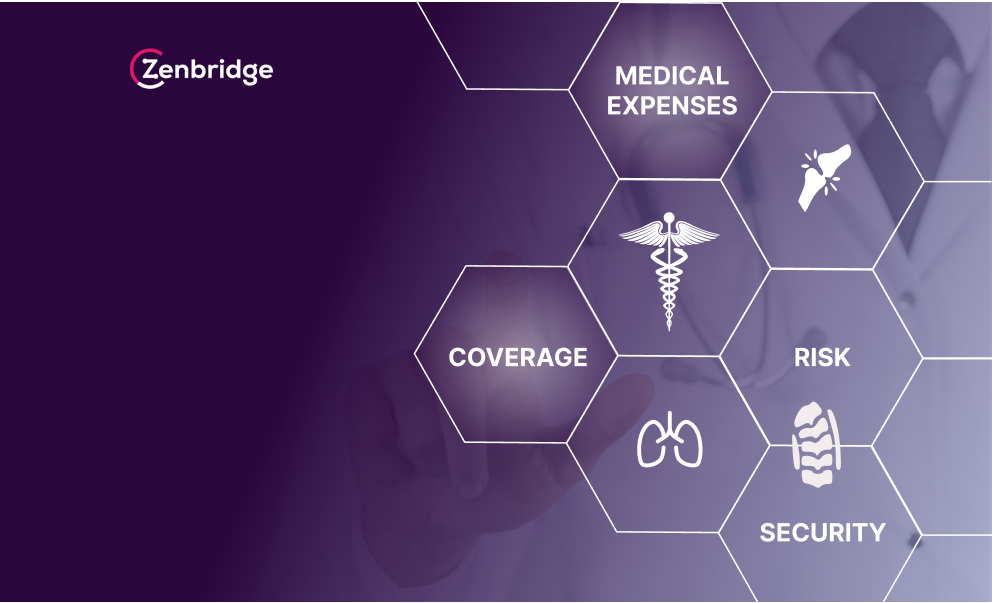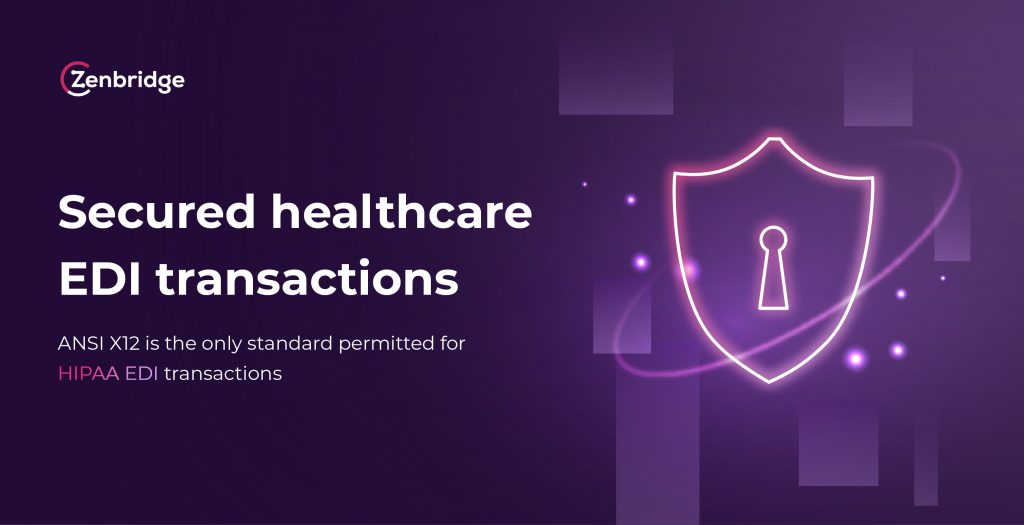Introduction to Healthcare EDI, transactions and Compliance

Electronic data Interchange or EDI in Healthcare is the standardised form for secure data transactions among the healthcare providers and financial intermediaries. Accumulating massive healthcare data is highly crucial, complex and exhausting. Also one needs to ensure whether the data is protected and safeguarded upholding a high standard of confidentiality and integrity. In modern times, to administer this flow EDI plays a vital role. EDI transactions can help address claim denials and prevent future issues.
To secure this process, The Health Insurance Portability and Accountability Act (HIPAA) establishes a national standard for safeguarding personal health information including medical records. When sending HIPAA-Compliant EDI documents, organisations that are in compliance with HIPAA EDI employ the ASC X12 standard also known as ANSI X12. It is the only format that is permitted for HIPAA EDI transactions.

Healthcare EDI transaction sets Zenbridge Supports
Below are few of the most common transaction sets our API mandates:
- 270 Healthcare Eligibility/ Benefit Inquiry – This is an EDI transaction set consisting of data points used to exchange B2B information with trading partners. Each transaction set is identified by a unique code to send, receive and store data
- 271 Healthcare Eligibility/ Benefit Response – Used to respond with the health care eligibility and benefits associated with a member or subscriber or dependent on a 270 request.
- 275 Patient Information Document – Used to transmit patient-specific information including supporting documentation for claims or medical records. It streamlines the exchange of important healthcare data between providers, payers and other entities.
- 276 Healthcare Claim Status Inquiry – Used to exchange B2B information with trading parties electronically. Each transaction set is identified by a unique code to send, receive and store data.
- 277 Healthcare Claim Status Response – Used to provide updates on the status of healthcare claims. It allows healthcare providers and payers to communicate efficiently, offering detailed responses regarding the acceptance, rejection or pending status of claims
- 278 Healthcare Services Review Information – Used for inquiries and responses concerning the approval of medical services, facilitating pre-authorization and medical necessity reviews between healthcare providers and payers.

- 820 Payment Order / Remittance Advice – Used to make a payment, send remittance advice or both. EDI 820 can be used as an order or remittance advice sent to the payer to pay the payee directly from a financial institution or a third-party agent.
- 834 Benefit Enrollment and Maintenance – Used by employers, insurers and government agencies to add, modify or terminate employee health coverage and other benefit plans, ensuring accurate data across systems.
- 835 Healthcare Claim Payment / Advice – Used to transfer payment and remittance information for healthcare claims.
- 837 Healthcare Claim – Ensures efficient processing of billing information for services rendered, supporting various claim types including professional, institutional and dental.
- 997 Functional Acknowledgement – This set serves as an acknowledgment for receipt of an EDI document, It confirms the successful or unsuccessful receipt and processing of transactions, ensuring both parties are informed about the status of the exchanged data.
All of these interactions would be considerably more challenging to manage without the use of medical electronic data exchange since different data formats would be used by the various systems of insurers and providers. The processes for healthcare payments and remittance took weeks, particularly when there were errors occuring. These are the most reliant Healthcare EDI transaction sets widely used by various covered entities.
Conclusion
In the last few decades, transferring sensitive data has become a tedious task in the healthcare industry. Considering the complexity and its significance, the HIPAA-compliant electronic data interchange (EDI) transactions in healthcare offers several benefits including patient confidentiality and securing patient data.
Zenbridge stands as a leading provider of HIPAA-compliant EDI software solutions and facilitates the healthcare sector with its automated EDI transactions. Zenbridge developed a solution where EDIs can easily be converted to programmable data, therefore ensuring seamless and efficient transaction of sensitive patient data.
Book you Demo & Avail our products and services!
Read more:
Other resources: https://www.hhs.gov/hipaa/index.html
https://www.hhs.gov/hipaa/for-professionals/special-topics/hipaa-part-2/index.html
https://www.healthit.gov/topic/laws-regulation-and-policy/health-it-legislation